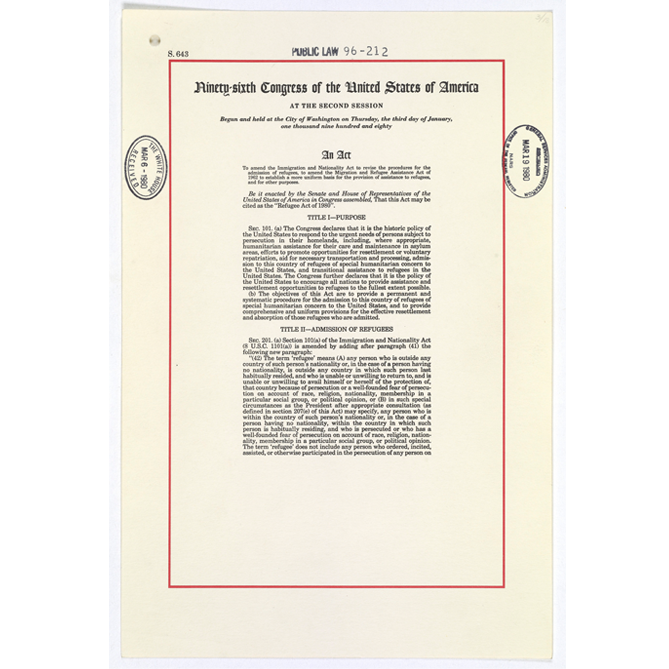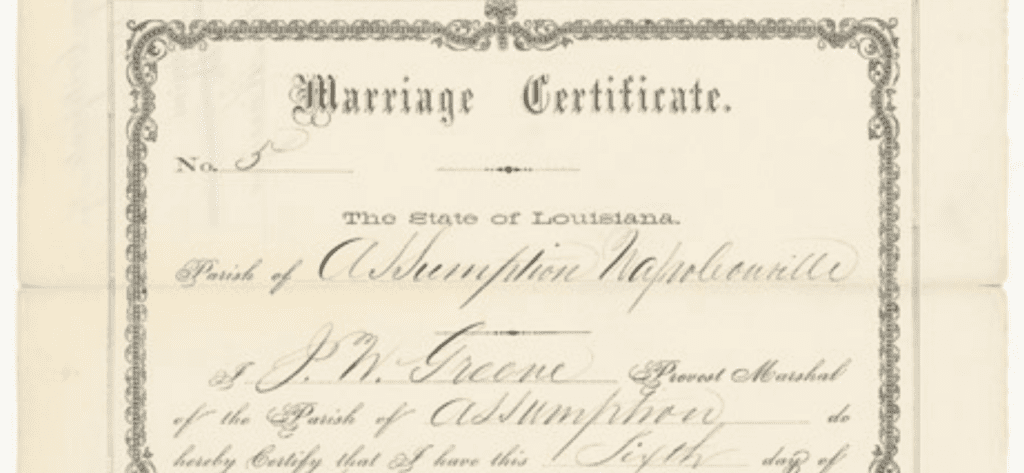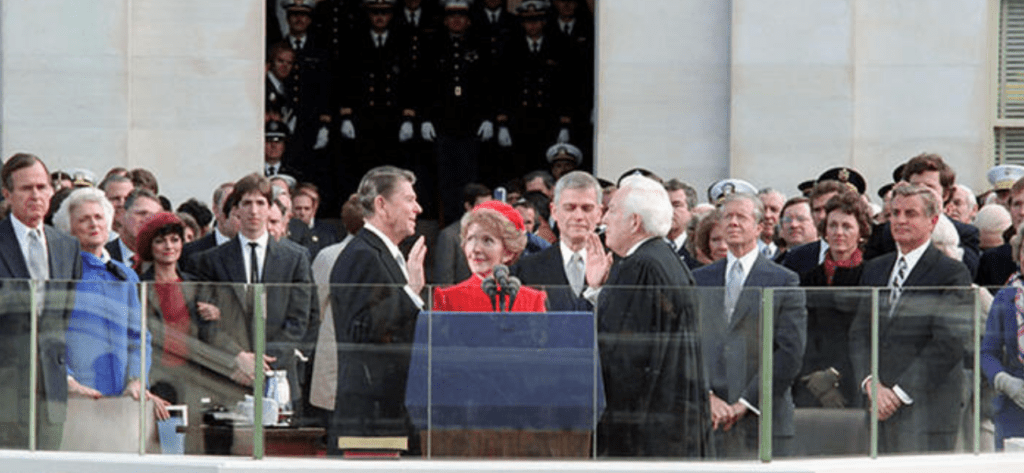In the aftermath of the Vietnam War, the need for a change in American policy concerning refugees became apparent as hundreds of thousands of Vietnamese and Cambodians fled political chaos and physical danger in their homelands. Between 1975 and 1979, some 300,000 of these refugees were able to come to the United States through Presidential action, as the law at the time restricted refugee admissions. Seeing this, many members of Congress wanted to establish a more regular system of immigration and resettlement that would establish a clear and flexible policy.
Passed unanimously by the Senate in late 1979 and signed into law by President Jimmy Carter in early 1980, the Refugee Act of 1980 amended the earlier Immigration and Nationality Act and the Migration and Refugee Assistance Act. It raised the annual ceiling for refugees from 17,400 to 50,000, created a process for reviewing and adjusting the refugee ceiling to meet emergencies, and required annual consultation between Congress and the President.

The refugees will be transferred later by mechanized landing craft (LCM) to the freighter Transcolorado.
National Archives
The Act also changed the definition of “refugee” to a person with a “well-founded fear of persecution,” a standard established by United Nations conventions and protocols. It also funded a new Office of U.S. Coordinator for Refugee Affairs and an Office of Refugee Resettlement and built on already existing public-private partnerships that helped refugees settle and adjust to life in their new country.


The Refugee Act of 1980, first and last pages
National Archives
Click here to download a high-resolution copy of the full Refugee Act of 1980.




